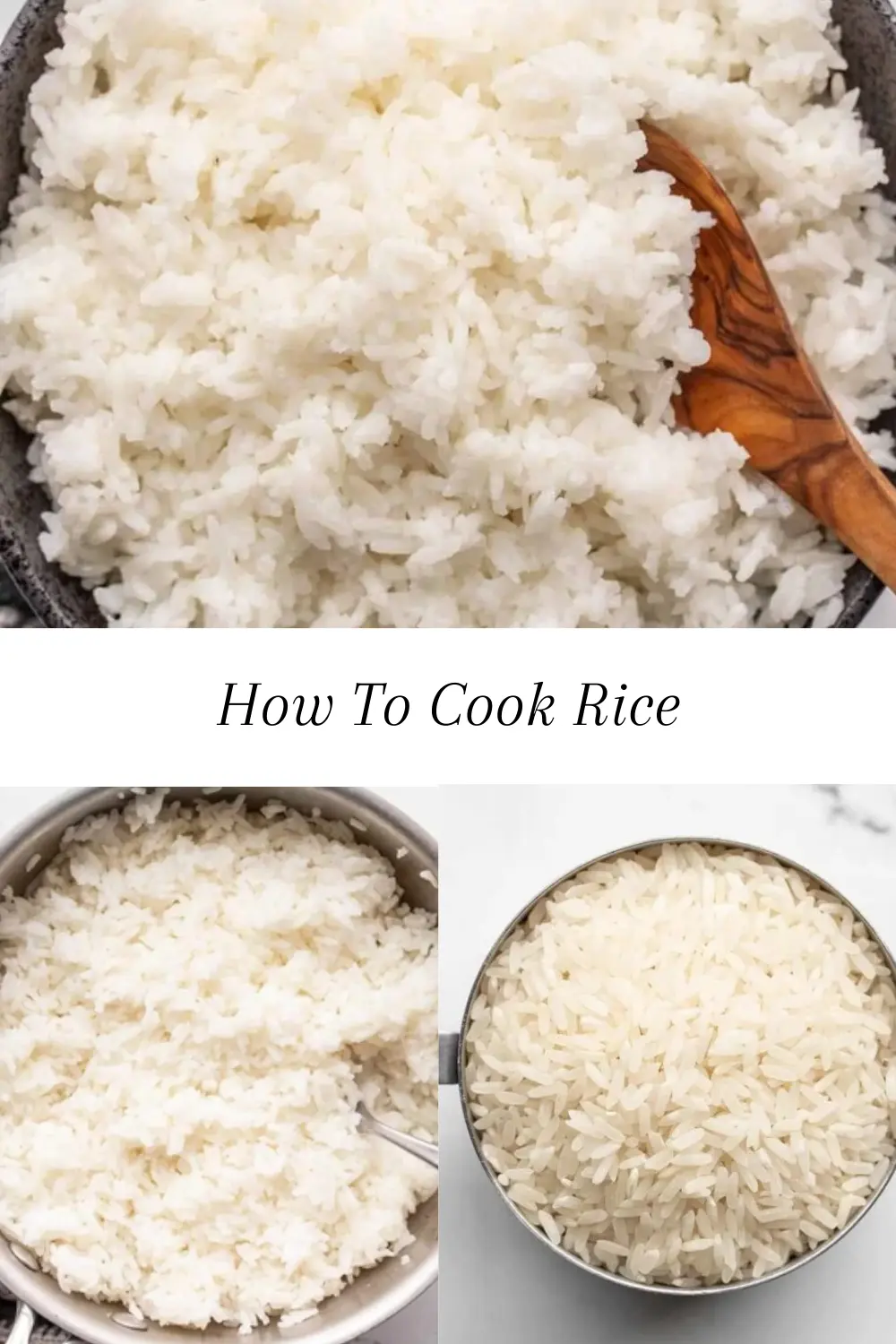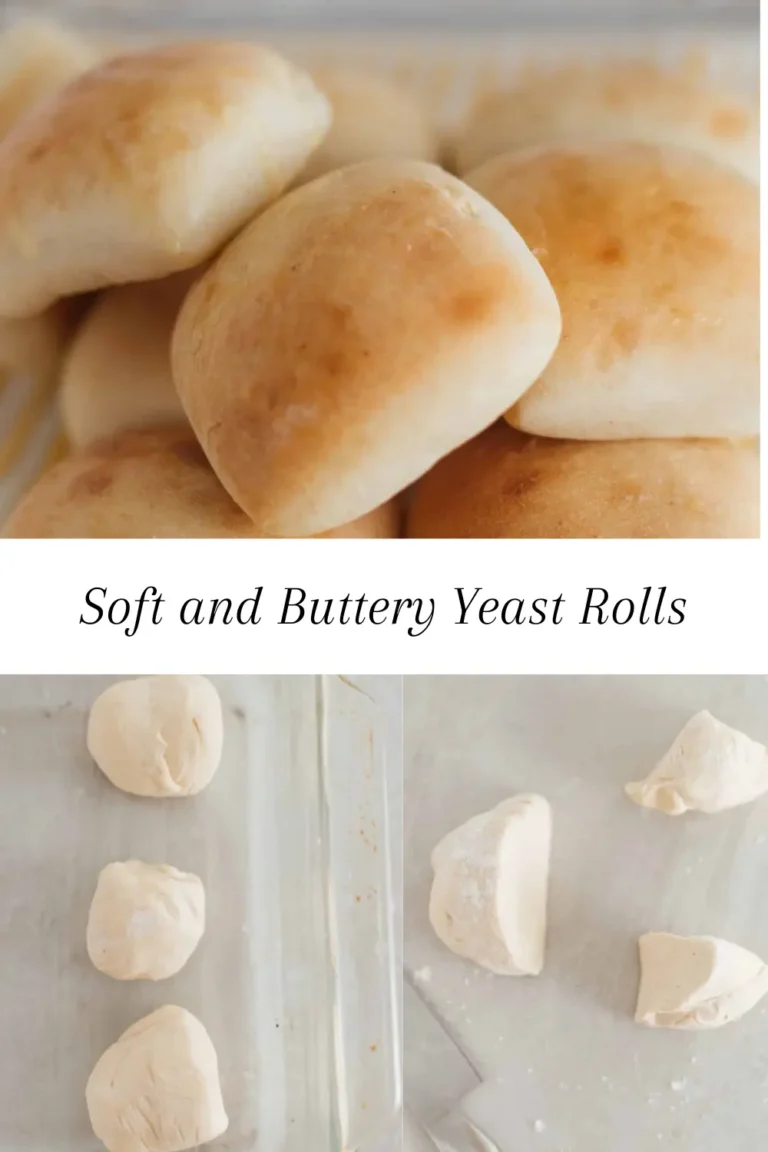How To Cook Rice
Rice is one of the most widely consumed staple foods in the world, with various types cultivated across different regions. Each variety of rice has its unique characteristics, making it essential to choose the right type for your specific culinary needs. Generally, rice can be categorized into three main types: long grain, medium grain, and short grain.
Long grain rice, such as Basmati and Jasmine, is characterized by its slender grains that remain separate and fluffy when cooked. This type is highly versatile and works well in many dishes, including pilafs, stir-fries, and salads. Basmati rice, with its nutty aroma and delicate flavor, is particularly synonymous with Indian and Middle Eastern cuisines.
The Science Behind Cooking Rice
Cooking rice may seem like a simple task, but the science behind it reveals that technique plays a vital role in determining the final outcome. Understanding the absorption method, a popular way to prepare rice, is essential for achieving the desired result. In essence, this technique involves cooking rice in a specific amount of water until it absorbs all the moisture, allowing the grains to cook thoroughly and evenly.
The rice-water ratio is a crucial aspect of this method. Generally, using a 1:2 ratio of rice to water is a standard guideline for white rice, whereas brown rice typically requires more water due to its tougher outer bran layer. Altering this ratio can lead to common pitfalls; too little water often results in undercooked rice, while excess water can cause overcooking. The key is to measure accurately and adjust based on the type of rice used.
A Comprehensive Guide to Cooking Rice
Cooking rice is a fundamental skill in the culinary world, and mastering this technique can elevate everyday meals. Begin by selecting the type of rice you prefer, whether it be long-grain, short-grain, or brown rice. Once you have made your choice, the first step is rinsing the rice under cold water. This crucial step removes excess starch, helping prevent the grains from becoming gummy during cooking. Allow the water to run until it appears clear, which typically takes a few moments.
After rinsing, measure your rice. A common ratio for cooking rice is one part rice to two parts water, but this can vary based on the type of rice used. For instance, short-grain rice might require slightly less water, while brown rice usually needs more. Pour the rinsed grains into a pot and add the appropriate amount of water. At this point, you may choose to enhance the flavor by adding a pinch of salt or a spoon of oil.
Creative Ways to Enjoy Rice
Rice, a staple in many cuisines around the world, offers ample opportunities for creativity in both presentation and flavor. While commonly viewed as a side dish, understanding how to cook rice and pair it with diverse ingredients can transform it into a centerpiece of any meal. For instance, consider preparing a vibrant rice salad with fresh vegetables, herbs, and a zesty dressing. This not only adds a colorful touch to your table but also enhances the nutritional value of the meal.
For a heartier option, risottos can take center stage. By incorporating ingredients such as mushrooms, seafood, or seasonal vegetables, one can create a rich and creamy dish that delights the palate. The key is to master the technique of slowly stirring in broth while cooking the rice, which releases its starches, resulting in a sumptuous texture. Alternatively, fried rice showcases the versatility of this grain; utilize leftover vegetables, proteins, and a dash of soy sauce or spices to craft an enticing quick meal.
Ingredients
- 1 cup long grain white rice
- 1.5 cups water
- 1/4 tsp salt
Instructions
- Rinse the rice using a fine wire mesh strainer.
- Add the rice, salt, and water to a saucepot.
- Place a lid on the pot, turn the heat on to high, and bring the water up to a full boil.
- Once the water reaches a full boil, turn the heat down to low and let the rice continue to simmer for 15 minutes. Do not lift the lid or stir as it simmers. Make sure it maintains a gentle simmer the entire time.
- After simmering for 15 minutes, turn off the heat and let the rice rest without lifting the lid or stirring, for an additional five minutes.
- After letting the rice rest, lift the lid and fluff with a fork. Serve hot.







